
To us, nothing sums up summer more than bass fishing. The water begins to warm up, fish start moving around, and the idea of a largemouth absolutely annihilating a popper gives us the warm and fuzzies all over. Pursuing bass with a fly rod is dynamic, exciting, and accessible to just about anyone, anywhere. Whether you’re talking about smallmouth or largemouth, these fish are aggressive, beautiful, and acrobatic. In other words, it’s fun.
In another article, we ran through some basic strategies for targeting largemouth bass in lakes and rivers. But this time around, we’re going to get a bit more specific with the types of flies we like to use.
Of course, picking five flies is a little bit unrealistic, but we had to cap it off somewhere. Bass live in every state, which means they live in highly variable habitats, which also means there are hundreds of different flies you could toss at them effectively. But, if we were stranded on a deserted island that just happened to be loaded with ditch pickles, then these are the five flies we’d pick to have in our fly box.
Foam Popper
Here’s a statistic that we can’t back up at all, but we’re sure is true—this is the most-used fly for bass, bar none. Talk to just about any bass angler and they’d tell you that their first option is a popper. First, it’s highly effective. To bass, there’s something irresistible about that bubbly ruckus a popper causes on the surface. Second, it’s exciting for the angler to watch strikes happen on the surface. Third, poppers are easy to cast and place accurately near your target.
There are a lot of different variants to the popper, but our personal favorite is the soft-body foam popper, similar to this one. While some of the hard-body variants work great, we find that the soft-body poppers tend to have a better pop than others and hold up a little bit better to abuse over time. As for color, you really can’t go too wrong. Our top two picks are black and frog patterns.
How to Fish the Foam Popper:
In general, bass love to ambush their prey from cover, particularly in the morning and the evening. So, throw poppers early and late against things like reed beds, lily pads, downed timber, rocky banks, docks, and anything fish can hide underneath. Poppers are also a great option for throwing into riffles and skating across the surface for smallmouth. Accuracy is key with a popper. If fish are even the slightest bit picky, you’re going to want to drop the fly as close to the cover as humanly possible—even six to 12 inches off can make the difference between getting a strike or not.
If you’re interested in tying up a simple foam popper, here’s a great instructional video.
Deer Hair Bass Bug
Another option for topwater action is the Deer Hair Bass Bug. This fly also comes in plenty of variants, and has a few unique advantages (as well as disadvantages) for bass anglers. We’ll start with the cons. First, this fly is pretty tough to tie. Second, it can get water-logged over time, which is something you generally don’t have to worry about with foam poppers. Third, it’s lighter and larger than most foam poppers, so it’s a little bit tougher to cast in windy conditions.
So, why is it worth it? The Deer Hair Bass Bug looks incredible in the water. Because they’re tied with deer hair, there are countless options for coloration in different kinds of patterns. They mimic anything from mice to sunfish very effectively. Second, because they’re light and soft, they make a gentler splash in the water. So, if you’re targeting spookier fish or bass in shallow rivers, it’s a better option for dropping poppers with a little more delicacy. And, third, they pop very well. Overall, the Bass Bug is a bit more of a unique selection, but still one of the most effective bass flies out there.
How to Fish the Deer Hair Bass Bug:
Your tactics are pretty much the same as any other popper—close to cover, with short, quick pops in different intervals to get the fish’s attention. If the fish are a little spooky, try casting just beyond or parallel to cover and popping the fly in front of the fish, instead of dropping it on their head. Or, if you have a weed guard on your fly, you could even try dropping the popper onto the cover and subtly dropping it into the water, though this is a riskier proposition.

Barr’s Meat Whistle
If we could pick one streamer to target large bass, it’d be the Meat Whistle. There’s something about this fly that just drives bass nuts. It’s a little bit fishy, a little big buggy, and has a lot of motion in the water, so it can imitate leeches, crayfish, baitfish, or just something that looks tasty to your target. There are plenty of flies that do this well, including the Woolly Bugger, but the Meat Whistle is large enough that it will generally only pick up bass, instead of small panfish. So, if you’re looking to catch bass and only bass, then this is a great choice (also, a great choice for trout, but that’s a different article).
Also, from a weight perspective, it falls right in that sweet spot between deep and shallow. For targeting fish in one to five feet of water, you have a lot of variability between running it just below the surface or bouncing it along the bottom. Or, with a sinking line, you can easily fish it deeper.
How to Fish the Meat Whistle:
The beauty of the Meat Whistle is that there are a lot of ways to fish this fly. If bass are active, but not feeding on the surface, this is generally our second choice because you can drop it close to cover and bass find it hard to resist on that initial drop. Cast it up against weeds or timber, give it one small twitch, and let it sink for a few seconds. Alternatively, it can be fished along the bottom in shallower water or in deeper water with a sinking line because the jig hook helps the hook point stay upright. Let your fly sink to the bottom, lift up your line a foot or two, and then let it sink back again. Rinse and repeat. Lastly, you can use the Meat Whistle as a baitfish fly as well with a faster retrieve, incorporating twitches as it moves through the water.
Clouser Minnow
What can we say about the Clouser Minnow? There’s a reason it has a place in just about every angler’s fly box. It’s simple, fishy, versatile, and can catch just about every fish species on the planet, or at least it seems like it. Another reason we love the Clouser Minnow is because it’s so easy to tie. This fly is one of the few that actually makes economic sense to tie up because the materials are accessible, inexpensive, and you can knock one of these flies out in about two minutes with a little bit of practice. You can also use chain bead eyes for lighter flies, go with no eyes for a shallow option, and throw on heavier bead eyes for fishing deep.
How to Fish the Clouser Minnow:
Much like the Meat Whistle, a Clouser Minnow can be fished in a variety of ways. While casting it close to cover to induce strikes can be highly effective, we think this fly is best used to induce strikes through high pursuit. Oftentimes, bass like to hold in three to eight feet of water just beyond cover, where the water begins to cool off a bit and baitfish cruise around the edge of the lake or river.
So, try casting the Clouser Minnow close to cover and then give it a few quick, long retrieves to get it out in the open. Let it sink a bit, and then use a fairly fast retrieve just above the bottom. You’ll find that hits often come during pauses, maybe 10 to 12 feet out from the bank. If fish seem to be a bit more lethargic, you can also jig the Clouser Minnow as well, bouncing it off the bottom.
Puglisi Minnow
For our last selection, we’re throwing a little bit of a curveball. At this point, we’ve probably tried throwing both types of poppers, a Meat Whistle, and a Clouser Minnow, and we’re still coming up short. In our experience, the Puglisi Minnow seems to be one of those flies that works when nothing else seems to work. In particular, we’ve had a lot of luck with this fly on hot days when the bass just seem like hanging in the shade more than eating. Maybe it looks so much like a bluegill that they can’t resist, but it’s a great plan B (or C or D). We think it’s something about its light weight and a little bit of red under the body of this color variation that does it.
We also like this fly because it’s actually pretty easy to tie up and has a lot of versatility. Because you can color the EP Fibers with markers, there are countless color variations you can play with, as well as weight options by going beadless or using different sizes of weighted eyes.
How to Fish the Puglisi Minnow:
If you’re using a weighted fly, your strategy could be the same as the Clouser Minnow, although this fly doesn’t work well for jigging. It’s best for a swimming retrieve at varying speeds. Our favorite way to fish the Puglisi Minnow, however, is unweighted. Particularly in rivers, you’ll see small schools of baitfish and bluegill congregated in shallow, shaded, clear water, and this fly is great for imitating those fish. Cast towards the bank and give a slow, twitchy retrieve with this fly. It should swim upright and look a little bit awkward and injured, which seems to trigger the predatory reflex in bass.
Well, that’s our list of best bass flies, but we’d love to hear your thoughts. What are some flies you’ve tried out that just seem to be irresistible to fish? Drop them in the comments below, so we can test them out for ourselves.



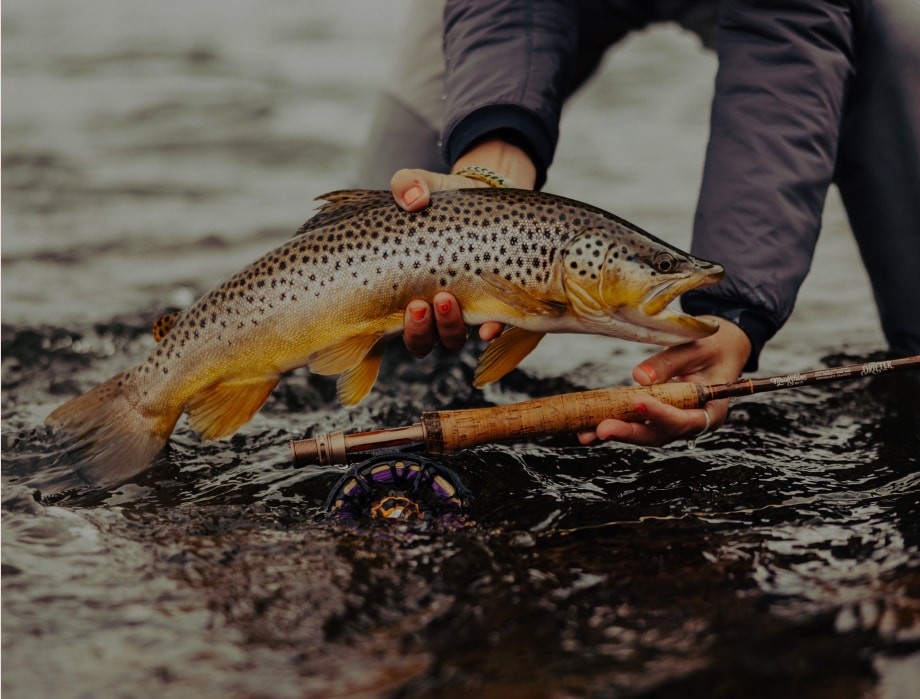
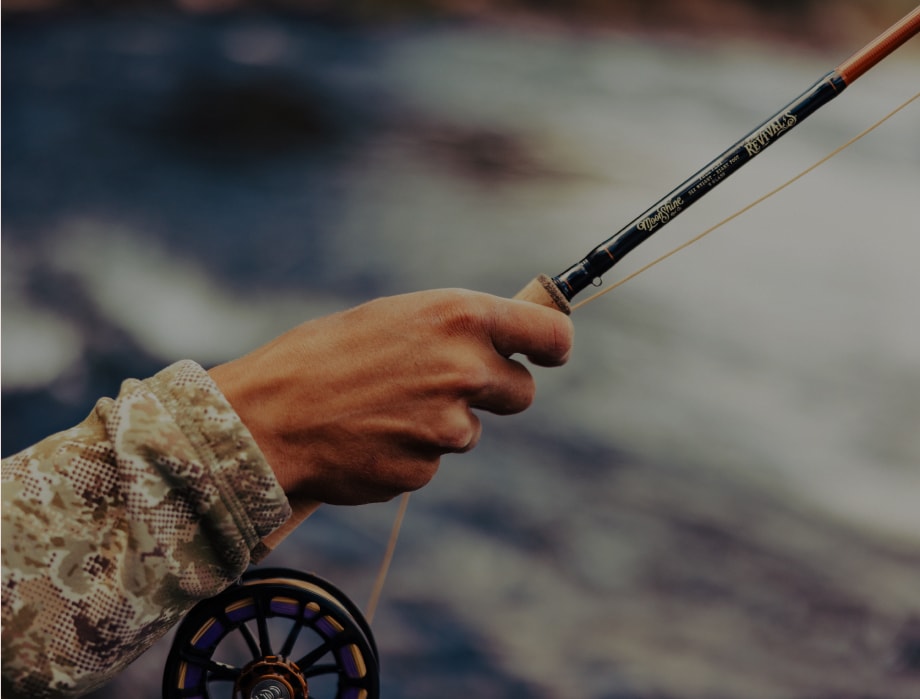
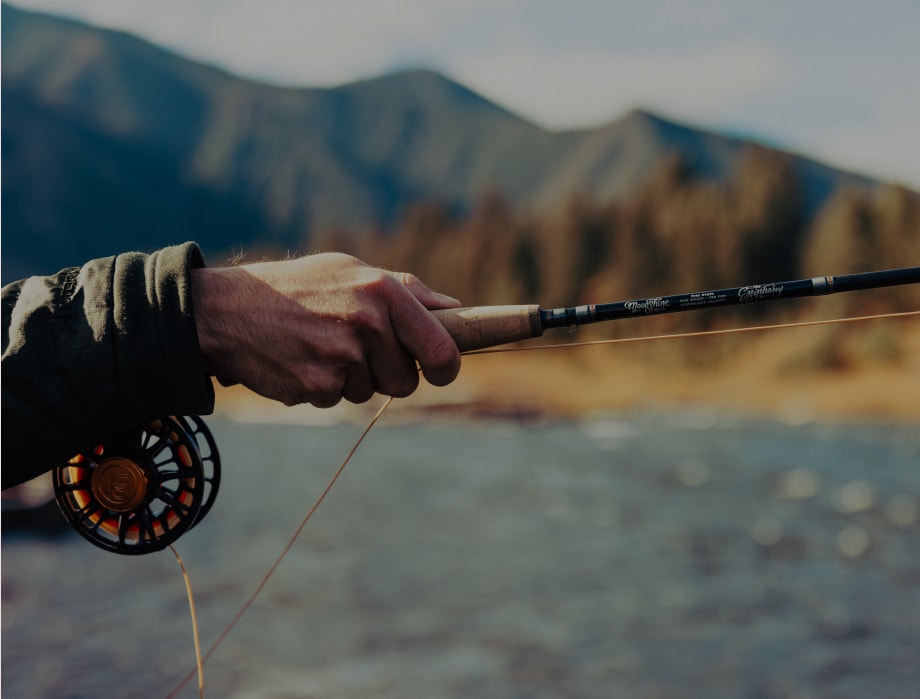
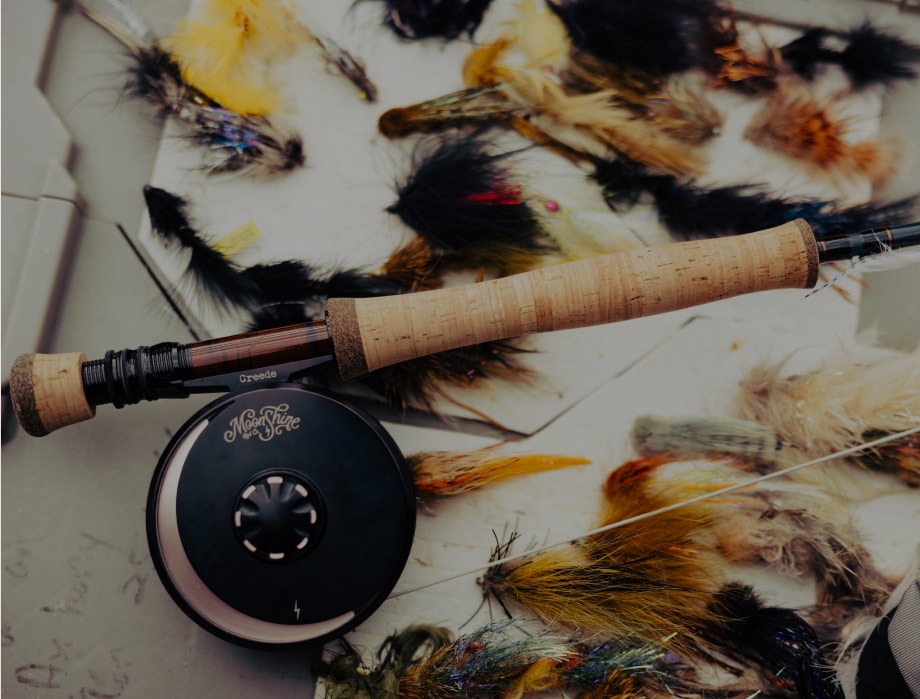
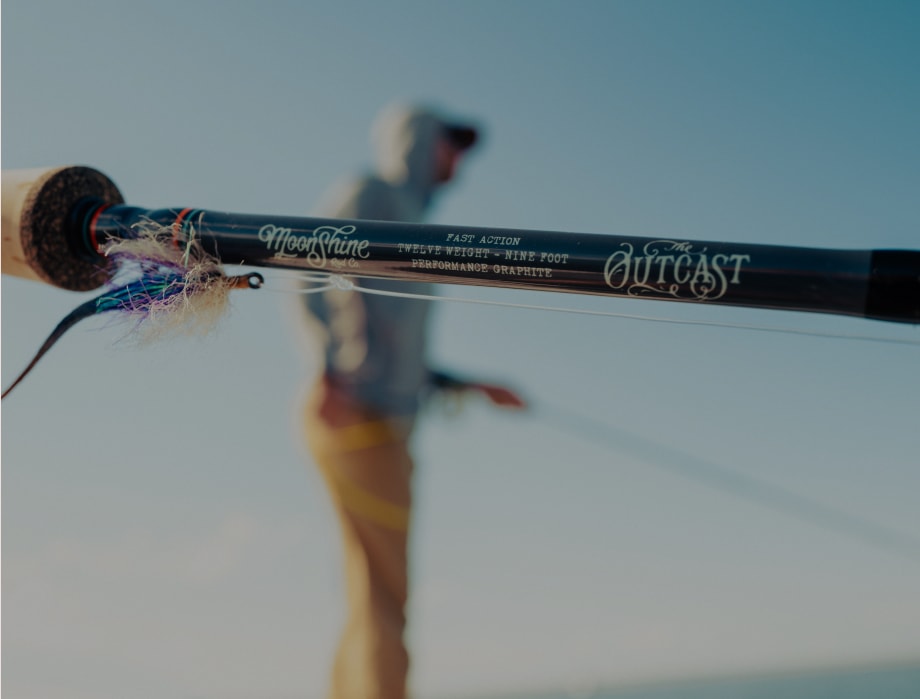
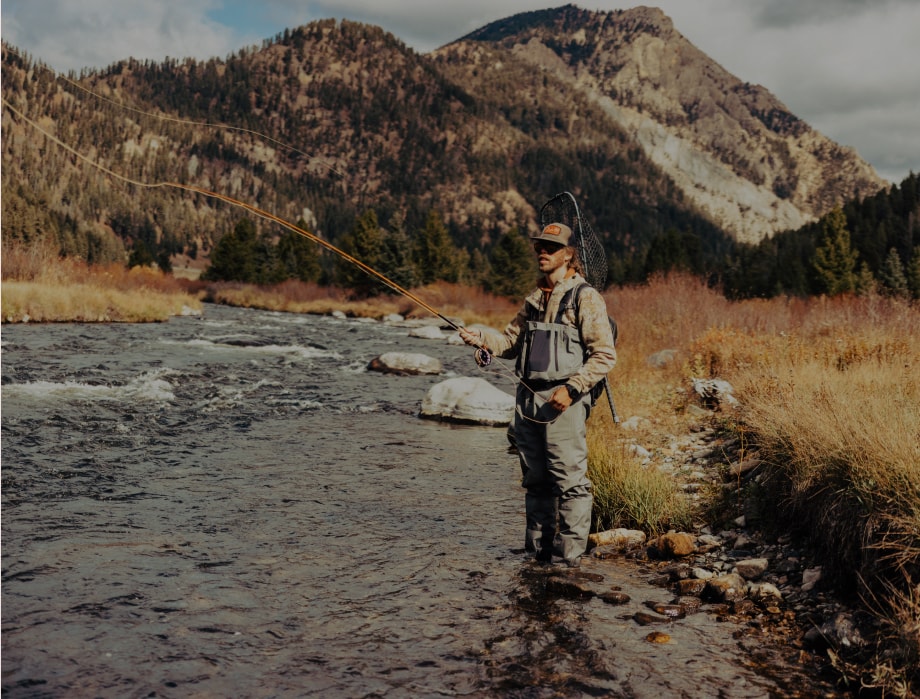
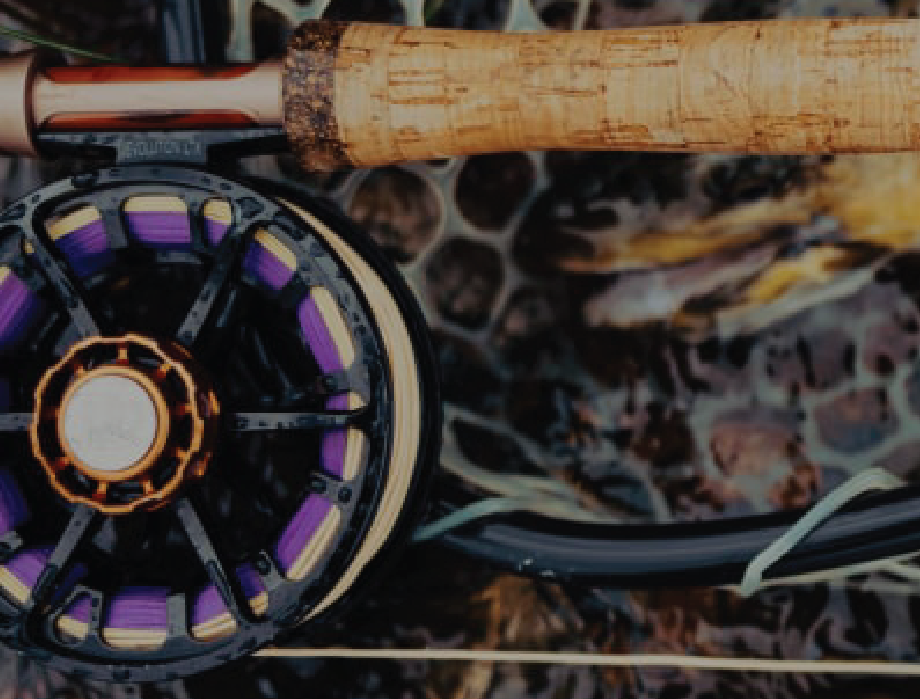
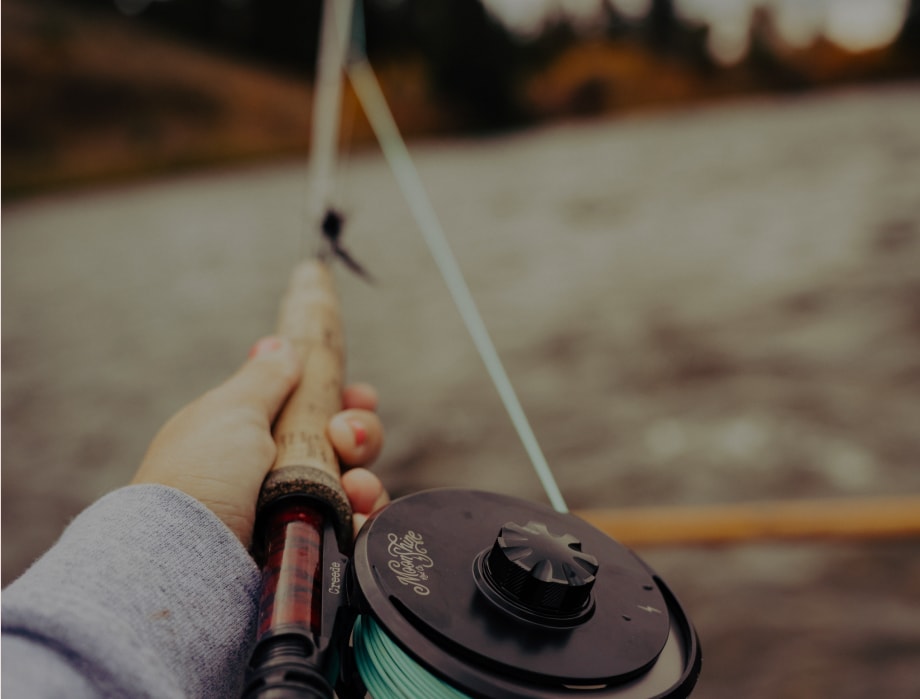


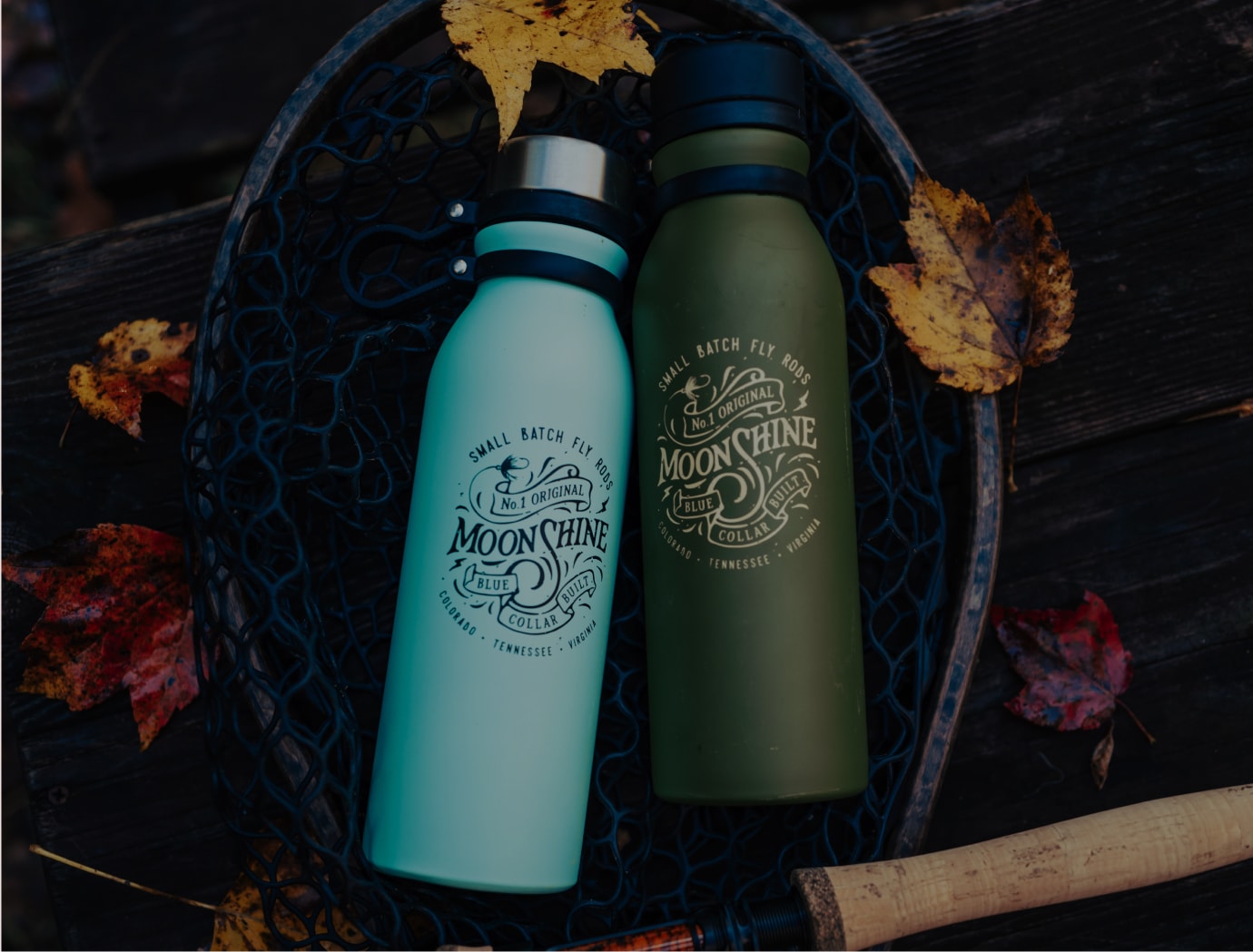

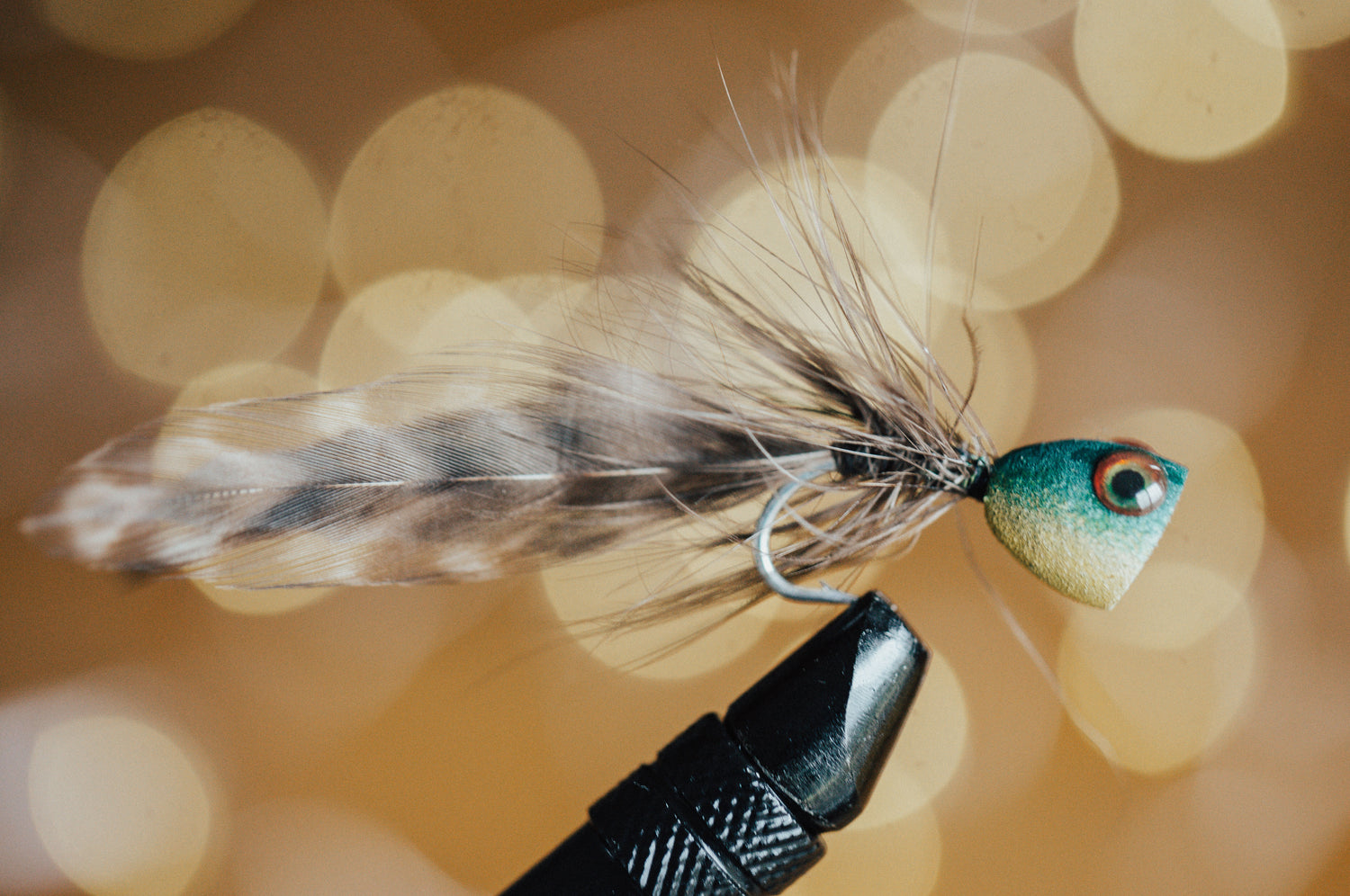
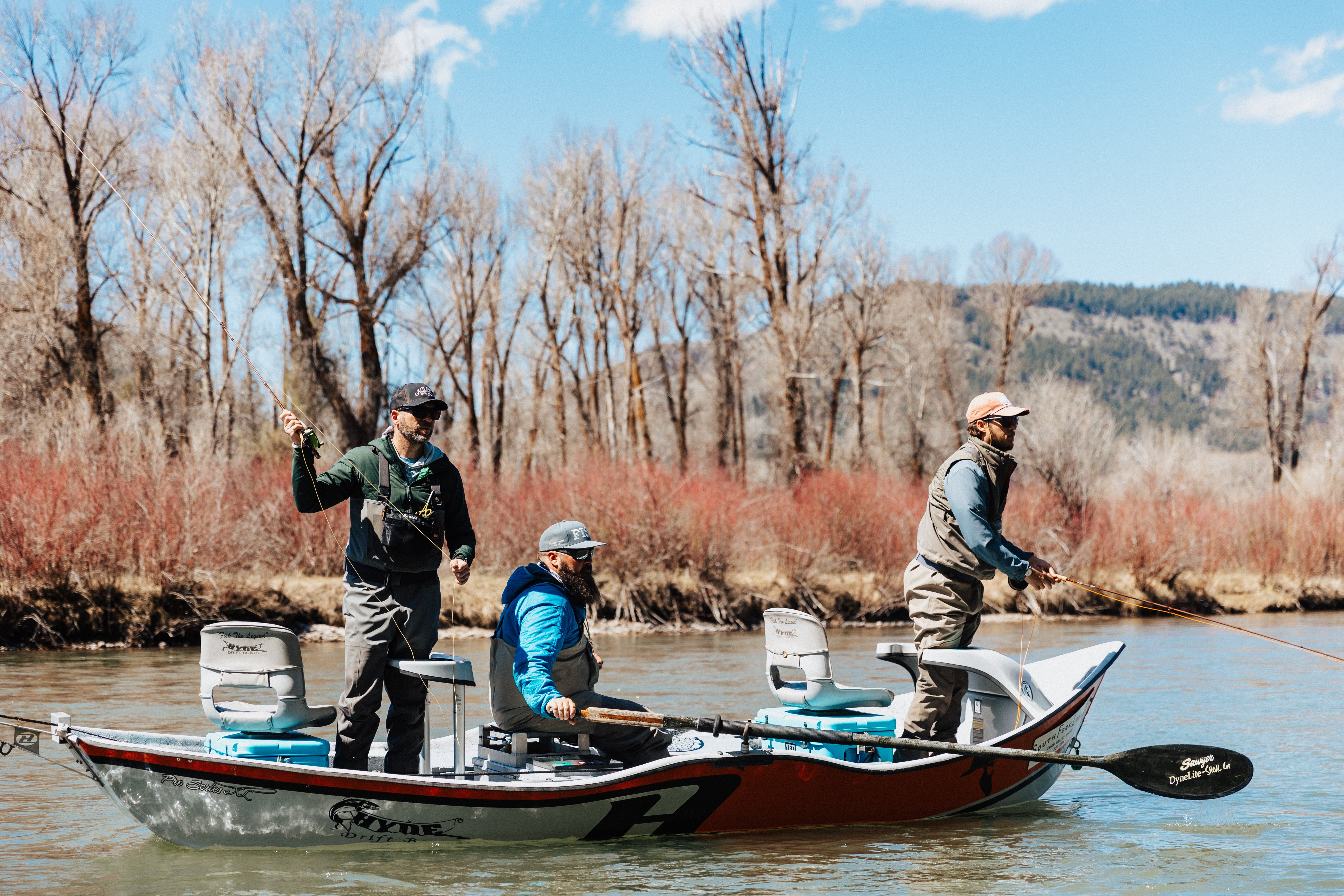

1 comment
John Caffey
How bout game changer or swimmin jimmy?
Leave a comment
All comments are moderated before being published.
This site is protected by reCAPTCHA and the Google Privacy Policy and Terms of Service apply.